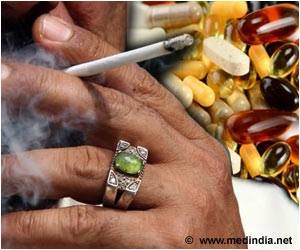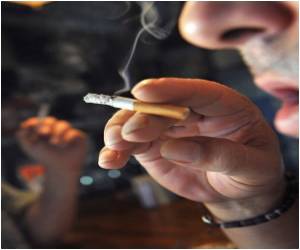A University of Alberta economics professor has discovered a link between illicit drug use and contraband cigarette use among Canadian teens.

The study shows that 31 percent of adolescent smokers in Canada between grades 9 and 12 use contraband tobacco and indicates that teens who smoke contraband tobacco are more likely to use illicit drugs.
"The rate of illicit drug use among the contraband smokers is higher than that among teenagers who smoke non-contraband cigarettes--sometimes double or triple the rate," says Sharaf.
According to the study, 22 percent of all adolescent smokers in Canada used cocaine. Among those who smoked contraband cigarettes, 31 percent reported using cocaine, whereas only 18 percent of non-contraband smokers reported using cocaine. Use of MDMA (ecstasy) was also more prevalent among contraband smokers (45 percent) than among non-contraband smokers (33 percent). The rate of ketamine and amphetamine use among the contraband-smoking teens was almost three times as high as the rate among non-contraband-using teens--and more than six times as high for heroin.
This is the first published research to specifically examine the potential connection between contraband cigarette smoking and drug use among adolescents.
"If, as we believe this study shows, contraband cigarette use is associated with illicit drug use, then intensive effort needs to be made to avoid this--by both government and tobacco companies," says Sharaf. "Adolescence is a critical period, and most unhealthy habits are developed at an early age."
Advertisement
In producing this study, three researchers--Sharaf, along with Sunday Azagba and David Hammond of the University of Waterloo--used a national sample of 2,136 current smoker students in grades 9 to 12 from the 2010-2011 Youth Smoking Survey conducted by Statistics Canada.
Advertisement
Source-Eurekalert











